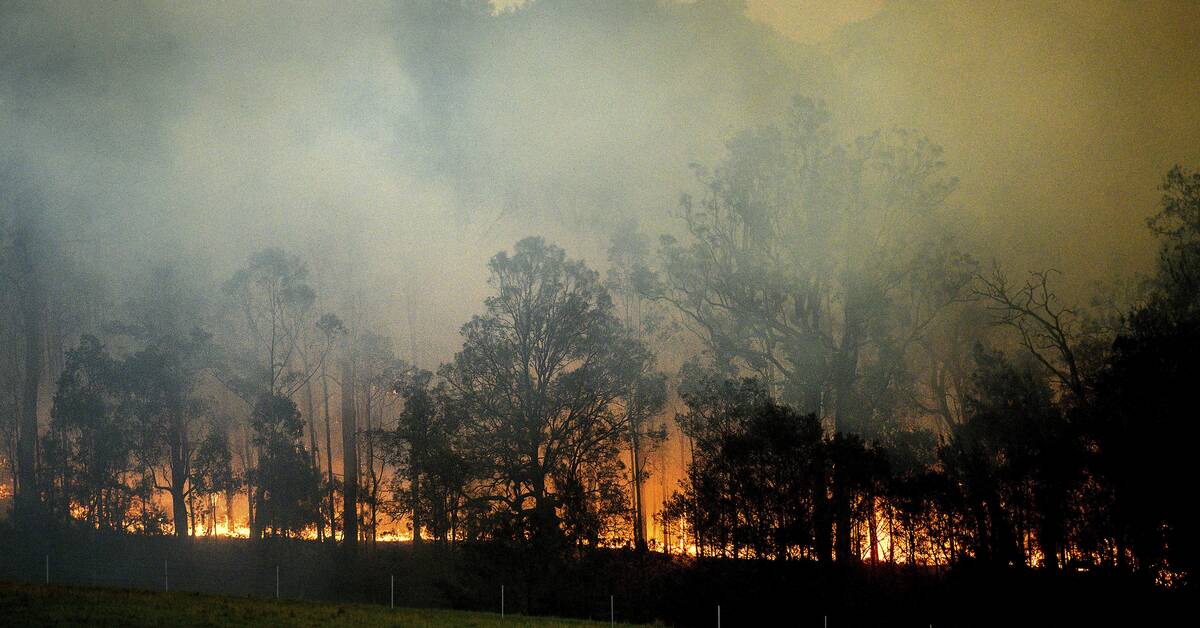Extreme drought in 2019 created wildfires of unprecedented intensity.
More than 5.8 million hectares were destroyed.
In addition to causing catastrophic damage, the fires generated plumes of smoke that rose into the atmosphere and raised temperatures in the lower stratosphere over Australia by 3 degrees.
This is written by the journal Nature and refers to a new research report published last week in Scientific Reports.
Globally, temperatures in the lower stratosphere also rose by 0.7 degrees, the biggest increase since the 1991 eruption of Mount Pinatubo in the Philippines sent ash into the atmosphere, according to the study.
The increase in temperature lasted for about four months.
- The effect was equivalent to the type of impact we would see from a moderate volcanic eruption.
What we are discovering about the scale of these fires is remarkable, says climate scientist Nerilie Abram at the Australian National University in Canberra.
Smog for several months
The stratosphere extends from about 10 and 50 kilometers above the Earth's surface.
Smoke particles usually do not reach there, but the smoke from the Australian fires reached heights of more than 35 kilometers.
The clouds contain black carbon that absorbs heat and rises in the lower stratosphere like a hot air balloon, said study co-author Jim Haywood, an atmospheric scientist at the University of Exeter in the UK.
Once there, the black carbon continues to absorb sunlight and heat the air.
May have increased the ozone hole
The study also points out that chemical reactions between the smoke and the ozone found in the atmosphere may have led to the ozone hole over Antarctica becoming larger, although that connection is not completely clear.
- The year before the fires, we had a very small ozone hole.
But in 2020, we were surprised by a much deeper hole, which lasted five months, says one of the study's authors Jim Haywood, a researcher at the University of Exeter in the UK.
When the ozone layer is damaged, more of the sun's radiation reaches the earth, which damages the environment and human health.
A warming of the stratosphere can also lead to damage to the ozone layer, but exactly how smoke from forest fires and ozone interact requires more study, according to the researchers.

